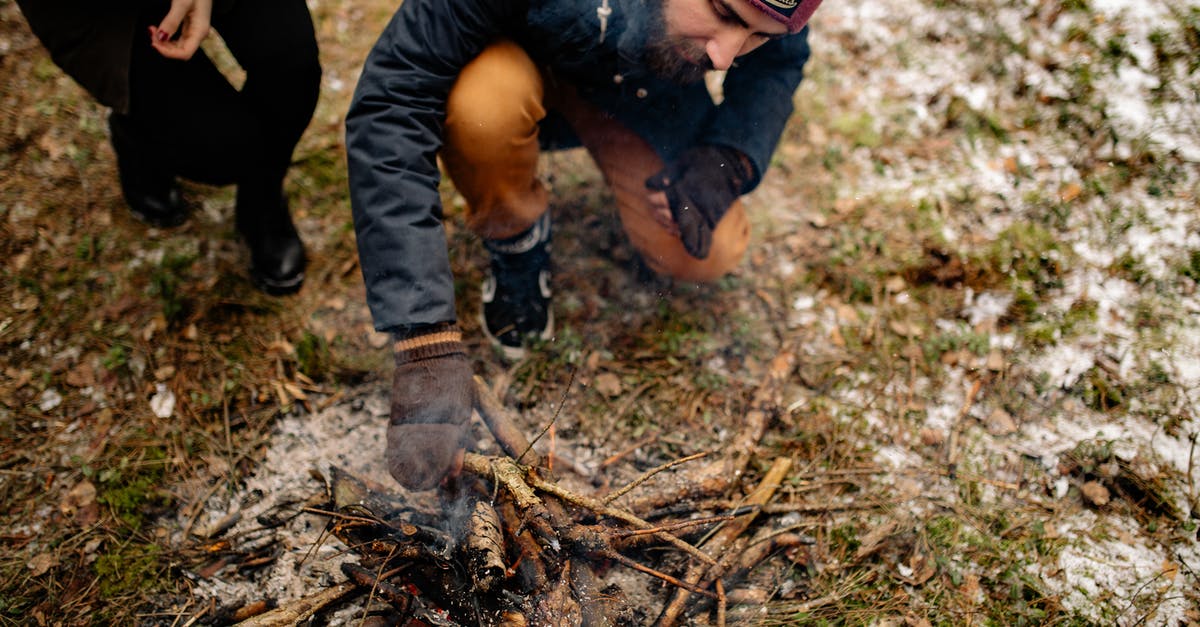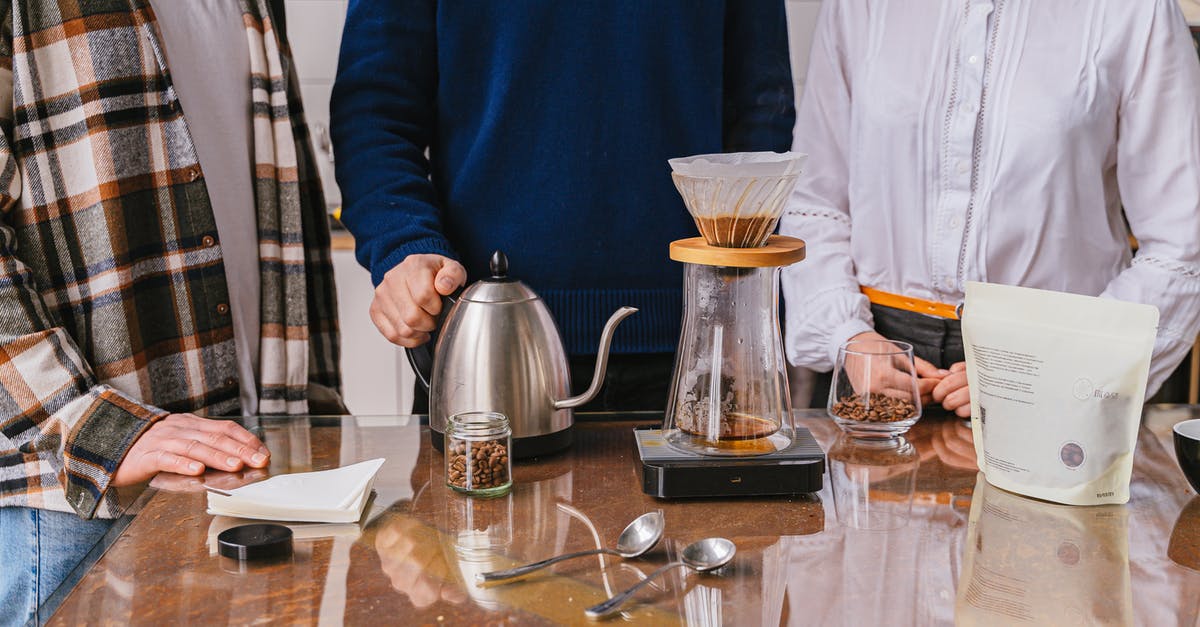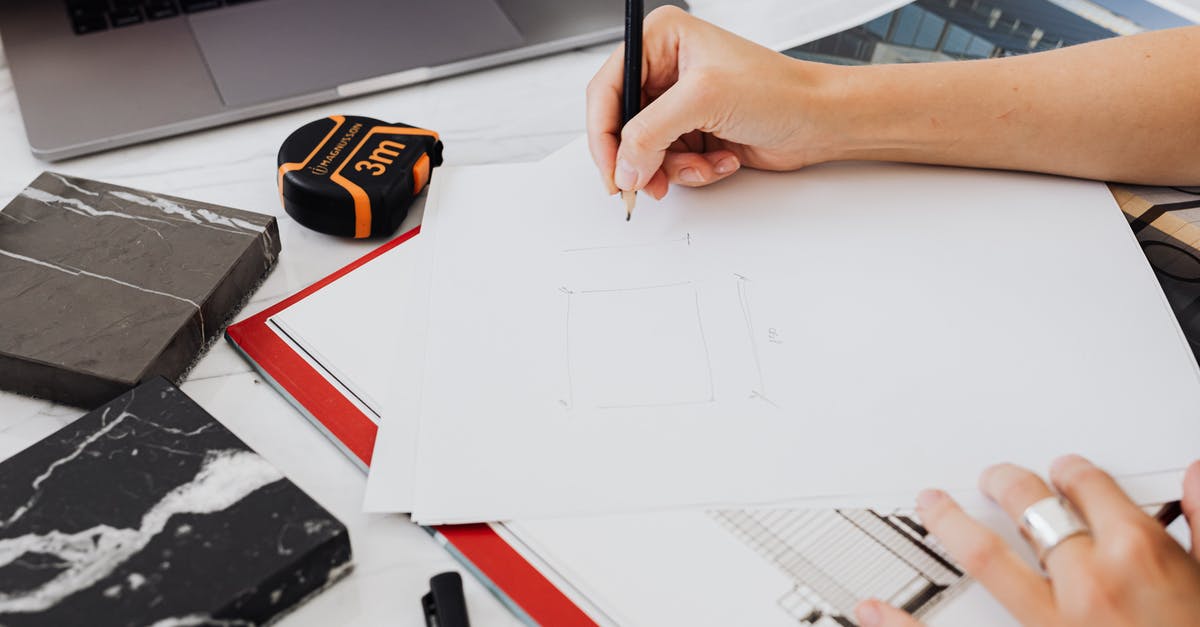Making pita more chewy/ rubbery

I make 100% whole wheat pita bread often. I use whole wheat flour, yeast, salt water and a touch of honey to feed the yeast. I would like my pita to be more chewy and rubbery. I know those are not attributes people usually want but I prefer it. I can find thousands of articles on how to make things light and fluffy but not more chewy. I would appreciate any pointers you could give me. I have tried kneading with a dough hook for long periods of time which helps but I would like it to be chewier without having to add gluten. Could adding milk, yogurt, olive oil help? Are there any techniques like kneading after the initial rise etc. help? Thanks in advance, Pat.
Best Answer
The thing that makes bread chewy is gluten. The easiest way to make chewier bread would probably be to use flour with a higher gluten content. You've said you don't want to "add gluten" so I'll assume that option is not on the table. For the same reason, I'll assume that replacing some of the whole wheat flour with white flour (which has a higher gluten content) is not an option.
So then, how do we get the most gluten formation out of your whole wheat dough?
Do not add shortening (fats and oils - or as you put it, milk, yogurt and olive oil). That will have the opposite effect. Shortening inhibits the formation of long gluten strands and will make your dough more cake-like (smaller, tighter crumb).
As you noticed, more kneading creates longer gluten chains. Usually we're advised not to over-knead, because it makes the dough though. If you want tough dough, knead until you're blue in the face. With this proviso:
Whole wheat flour contains sharp, hard pieces of the germ and bran. These sharp edged bits can break or "slash" your gluten strands (just like if you added a sharp pebble to the dough). To counter act this effect, you can try to soften the pieces of germ and bran using the autolyse method.
This technique has additional benefits and can or should be used when using white flour, as well. Note the first bullet, which is especially applicable here:
using the autolyse method affects dough development in many positive ways:
- The flour fully hydrates. This is particularly useful when working with whole-grain flour because the bran softens as it hydrates, reducing its negative effect on gluten development.
- Gluten bonds begin developing with no effort on the part of the baker, and kneading time is consequently reduced.
- Carotenoid pigments remain intact, leading to better color, aroma, and flavor.
- Fermentation proceeds at a slower pace, allowing for full flavor development and better keeping quality.
- The dough becomes more extensible (stretchy), which allows it to expand easily. This leads to easier shaping, greater loaf volume, a more open crumb structure, and cuts that open more fully.
https://www.kingarthurflour.com/blog/2017/09/29/using-the-autolyse-method
You should read that entire article if you're interested in developing your bread baking technique, but the very short version is: mix the flour and water and let rest for 20-60 minutes, then add the rest of the ingredients and kneed.
Another thing you can try to increase the toughness of the bread would be to skip the resting phases between shaping the breads. Typically, when we make pitas, we do a bulk fermentation, then split the dough and roll it into balls, then let the balls rest before finally shaping them into the flat rounds. This rest period relaxes the gluten and makes the dough less tough. Skipping this step may result in a tougher pita. It will also make the pita harder to shape.
Pictures about "Making pita more chewy/ rubbery"



Quick Answer about "Making pita more chewy/ rubbery"
Another thing you can try to increase the toughness of the bread would be to skip the resting phases between shaping the breads. Typically, when we make pitas, we do a bulk fermentation, then split the dough and roll it into balls, then let the balls rest before finally shaping them into the flat rounds.How do you get pita bread to puff up?
If the oven temperature is too low, steam won't puff the pitas, and you'll end up with thick pita bread. Preheat the oven to max temperature with the baking stone inside so that the stone is also hot when you place the pitas. Within a matter of 3 to 5 mins you will observe the pitas puffing up.How do you keep homemade pita soft?
To keep the pita bread fluffy and moist, only bake it on one side for a couple minutes. Store it properly: If you don't plan to eat it right away, go ahead and wrap it in plastic wrap and then freeze until ready to use.Why is my dough rubbery?
The more gluten, the more elastic, stretchy and strong the dough will be. Mixing gluten and water results in a dough that almost feels like rubber. Wheat flour contains 6 to 12 percent gluten, enough to provide a gluten network that holds the carbohydrates together.how to make pita bread on stove/pan/without oven|NO- FAIL|recipe by sandys gourmet
Sources: Stack Exchange - This article follows the attribution requirements of Stack Exchange and is licensed under CC BY-SA 3.0.
Images: Yan Krukov, ANTONI SHKRABA, Karolina Grabowska, Lespa số 1 về điều trị mụn, nám, sẹo rỗ
